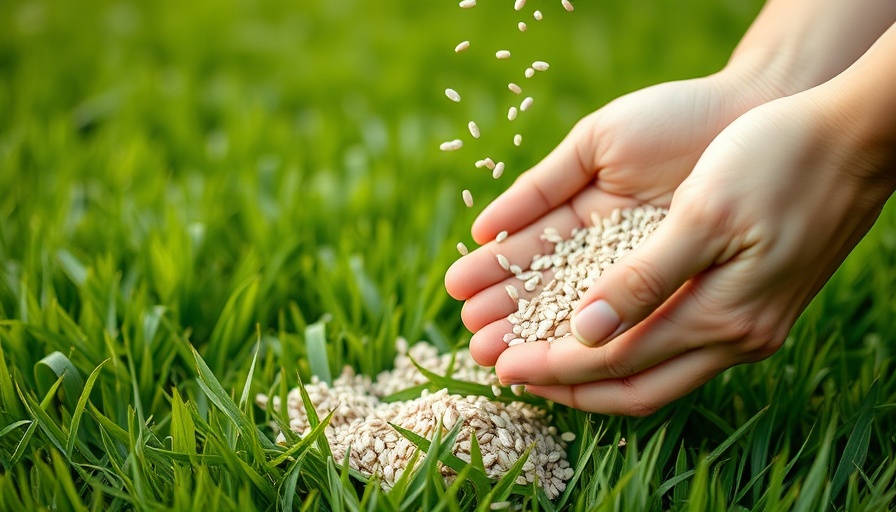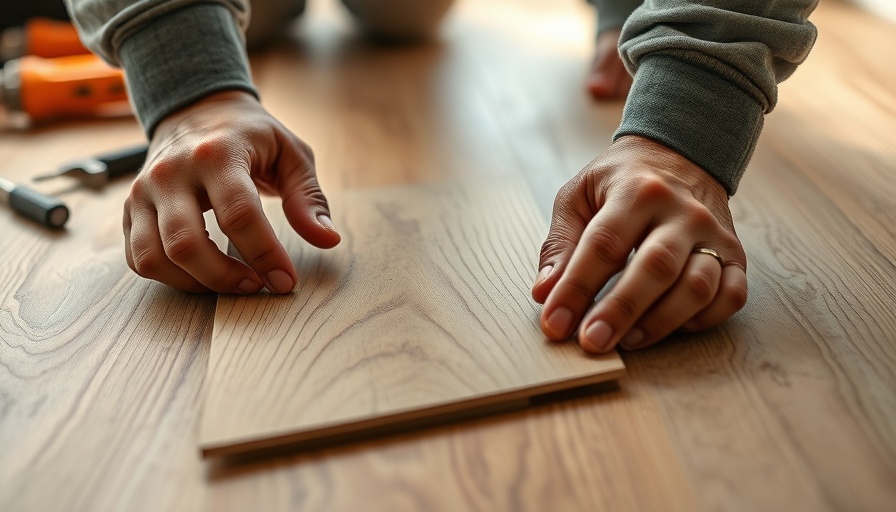
Unlocking the Mystery of Grass Seed Viability
As the warm weather approaches, homeowners gear up for lawn care and even new landscaping projects. One pressing question often surfaces: does grass seed go bad? A core truth emerges: yes, grass seed can lose its viability over time, and understanding why this happens is crucial for effective lawn maintenance.
Grass Seed: A Living Organism
Grass seeds, like all seeds, are living organisms that require specific environmental conditions to thrive. Professor Michael Fidanza of Pennsylvania State University highlights that the viability of grass seeds deteriorates with age due to biochemical processes. Key factors that influence seed longevity include temperature, moisture, humidity, and exposure to pathogens.
For instance, seeds stored in areas with elevated temperatures and humidity levels are prone to deteriorate faster. Turfgrass educator Jon Trappe from the University of Minnesota notes that mold growth often signals unfavorable storage conditions that compromise seed efficacy. As such, understanding how to store grass seed effectively can significantly reduce the risk of unusable seeds.
The Lifespan of Grass Seed: What You Need to Know
Generally, the life expectancy of grass seed ranges from several weeks to multiple years, depending on the grass type and storage conditions. According to Grady Miller, a distinguished professor of sustainability, well-stored seeds can remain viable for up to a decade or even longer. Different species have different longevity, but factors like seed type, quality, and correct moisture management are pivotal in extending that timeframe.
Identifying Bad Seed: Key Warning Signs
Older seeds often carry a higher risk of failing to germinate, as Bob Mann from the National Association of Landscape Professionals points out. But how can homeowners identify if their grass seeds are still viable? Here are some indicators to watch for:
- Check the package for harvest date—older seed has a higher likelihood of failing.
- Look for any visible fungi or pest droppings in the seed bag, which may indicate spoilage.
- Consider conducting a germination test with a small sample of seeds.
Best Practices for Storing Grass Seed
To maximize the lifespan of your grass seeds, follow these practical tips for effective storage:
- Cool and Dry: Store grass seeds in a temperature-controlled area, ideally below 70°F, and a humidity level of less than 65% to prevent moisture buildup.
- Airtight Containers: If seeds have been opened, place them in airtight containers to shield them from the elements and pests.
- Use Moisture Absorbers: Include materials such as silica gel packets in your storage containers to maintain optimal dryness.
Storage Considerations: The Importance of Environment
The environment in which grass seeds are stored plays a crucial role in their longevity. Oregon State University’s research illustrates that quality grass seeds can maintain high germination rates if housed in dry, cool conditions. The state’s climate greatly aids in this, with dry harvest conditions reducing spoilage during storage.
This concept is essential for homeowners interested in both seasonal planting and seed inventory management. Consider investing in a climate-controlled storage space or simply choose a storage area in your home that doesn’t experience extreme temperature fluctuations.
Moisture Management for Seed Longevity
One of the most critical factors in seed storage is moisture control. Excess moisture can accelerate deterioration and fungal growth, while optimal moisture levels below 13% significantly reduce spoilage risks. A balance must be struck between ensuring the seeds remain dry while avoiding any potential for seed moisture buildup.
Storage Duration: When to Test Seeds
Regularly checking your grass seeds, especially if stored for extended periods, can prevent last-minute surprises before planting. Monitoring the viability of your seeds through germination tests at least annually helps ensure you'll have flourishing grass when spring arrives.
Your Grass Seed: A Sustainable Investment
In the end, understanding how grass seed goes bad and how to work around it is not merely about preserving an asset—it's about fostering a thriving environment for life. With these insights and practices, homeowners can invest wisely in their lawn care, transforming outdoor spaces into flourishing extensions of their homes. Remember, a little proactive care goes a long way in maintaining a beautiful, green yard for years to come!
Want to dive deeper into maintaining your home lawn? Click here for expert advice and gardening tips!
 Add Row
Add Row  Add
Add 




Write A Comment